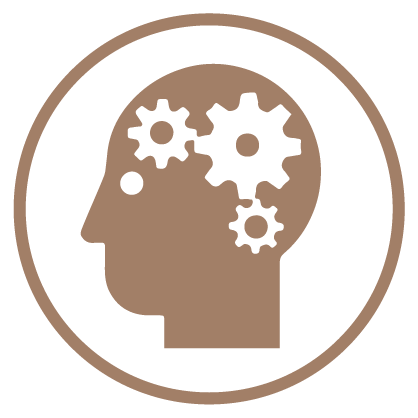€30.50
The pearl workshop offers a wide variety of possible uses.
It includes patterns and shapes that you can place the marbles into using the tongs, spoon and chopsticks practicing movement and fine motor skills.
Out of stock
The pearl workshop offers a wide variety of possible uses. It includes patterns and shapes that you can place the marbles into using the tongs, spoon and chopsticks practicing movement and fine motor skills.
The colorful wooden beads and bowls also allow you to practice sorting colors. You can also recreate three-dimensional figures using four additional activity templates included.
A really great learning lab that offers lots of learning opportunities.
The wooden frame has a size of 22 x 22 x 1 cm.
The wooden beads have a diameter of 16mm.
Each of the seven colors is represented by ten pearls.
There are eight templates with patterns and four templates for creating three-dimensional shapes.
In addition to the 7 bowls for sorting the pearls, wooden tongs and a wooden spoon are also included.
Wood from sustainable plantations.
CE marked, compliant with European standard EN71.
Not recommended for children under 3 without adult supervision.
| Weight | 1 kg |
|---|---|
| Dimensions | 22 × 22 × 5 cm |
| Age | 36+ months. Age is indicative, use depends on the child's development |
This wooden toy is useful for improving a child’s differentiation skills in a variety of sizes and shapes.
It can help boost mental development and stimulate imagination.
In stock
A SENSORIAL GAME of ASSOCIATION for facilitating various aspects of children’s psychological development.
 What do I learn?
What do I learn?-The sense of touch: tactile discrimination by recognising textures.
– Acquiring a basic vocabulary relating to the textures of objects.
– Tactile memory
In stock
Each box has a hole with a well-defined shape, in which only the shape that will be contained in the box itself fits perfectly. The holes are shaped in the basic geometric shapes: in this case it is a rhombus. The box is equipped with a white door.
Learning objectives: Color discrimination, development of motor skills, recognition of basic geometric shapes, recognition of different types of locks used in everyday life.
In stock
The game comprises 42 cards of thick, robust, very hard-wearing, high quality cardboard, plus 1 maxi-dice made from recycled plastic.
There are six round cards, each showing an enlarged continent, and 36 cards with real-life images showing the landscapes, traditions, foods, wildlife and culture typical of each continent.
The cardboard used is environmentally-friendly and sourced from sustainable forests. It contains a high percentage of recycled material and is 100% recyclable.
In stock
A game of association for learning to separate and classify different kinds of rubbish: organic, plastic, bottles, cans, paper, cardboard, glass, batteries, etc.
 What do I learn?
What do I learn?In stock
Become an expert in forests with the puzzles “What fell from the tree”!
Get to know the leaves and fruits of the trees, learn their names.
You can also draw their outlines on a piece of paper and color them.
In stock
Happiness is made of wood!
In stock
Wooden tray equipped with 6 boxes with holes, which differ in color, the shape of the hole and the type of lock.
Learning objectives: Color discrimination, development of motor skills, recognition of basic geometric shapes, recognition of different types of locks used in everyday life.
In stock
Real gardening tools for kids to learn by playing and getting to know nature.
In stock
Made of high quality wood, this Montessori material is used as a puzzle.
The child learns the parts that make up a flower.
The individual parts only fit into the place provided for them.
In stock
Encourage your children to use their minds through creative play with this wonderful wooden string toy.
Designed to help young children develop fine motor skills and hand / eye coordination.
In stock
Each box has a hole with a well-defined shape, in which only the shape that will be contained in the box itself fits perfectly. The holes are shaped in the basic geometric shapes: in this case it is a triangle. The box is equipped with a yellow door.
Learning objectives: Color discrimination, development of motor skills, recognition of basic geometric shapes, recognition of different types of locks used in everyday life.
In stock


Not a member? Create an account
Already got an account? Sign in here